Adoption of 5G Technology
The advent of 5G technology is a pivotal driver for the RAN Analytics and Monitoring Market. With its promise of ultra-low latency and high-speed connectivity, 5G is set to revolutionize mobile communications. The deployment of 5G networks requires sophisticated analytics to manage the complexities associated with new radio access technologies. As operators roll out 5G infrastructure, they increasingly rely on RAN analytics to monitor network performance, optimize resource allocation, and ensure quality of service. Market data suggests that the 5G subscriber base is expected to surpass 1.5 billion by 2025, further amplifying the need for advanced monitoring solutions. This transition to 5G is likely to catalyze innovation within the RAN Analytics and Monitoring Market, as companies strive to meet the demands of next-generation connectivity.
Emergence of Edge Computing
The emergence of edge computing is significantly impacting the RAN Analytics and Monitoring Market. As data processing moves closer to the network edge, the need for real-time analytics becomes paramount. Edge computing enables operators to analyze data locally, reducing latency and improving response times for applications. This shift necessitates advanced monitoring solutions that can provide insights into edge network performance and resource utilization. Market data indicates that the edge computing market is projected to grow at a compound annual growth rate of over 30% through 2025, highlighting the potential for RAN analytics to play a crucial role in this transformation. The integration of edge computing with RAN analytics is likely to enhance operational capabilities, driving further innovation within the RAN Analytics and Monitoring Market.
Increased Regulatory Compliance Requirements
The RAN Analytics and Monitoring Market is also influenced by heightened regulatory compliance requirements. Governments and regulatory bodies are imposing stricter guidelines on telecommunications operators to ensure data privacy, security, and service quality. This regulatory landscape compels operators to adopt comprehensive monitoring solutions that can provide real-time insights into network performance and compliance status. As a result, RAN analytics tools are becoming essential for operators to demonstrate adherence to regulatory standards. The market is witnessing a shift towards solutions that not only enhance operational efficiency but also facilitate compliance reporting. This trend indicates a growing recognition of the importance of regulatory frameworks in shaping the RAN Analytics and Monitoring Market, as operators seek to mitigate risks associated with non-compliance.
Rising Demand for Enhanced Network Performance
The RAN Analytics and Monitoring Market is experiencing a surge in demand for enhanced network performance. As mobile data consumption continues to escalate, operators are compelled to optimize their networks to ensure seamless connectivity. This demand is driven by the proliferation of IoT devices and the increasing reliance on mobile applications. According to recent data, the number of mobile connections is projected to reach 10 billion by 2025, necessitating advanced analytics to manage network traffic effectively. Consequently, RAN analytics tools are being adopted to monitor performance metrics, identify bottlenecks, and enhance user experience. This trend indicates a robust growth trajectory for the RAN Analytics and Monitoring Market, as stakeholders seek to leverage data-driven insights to improve operational efficiency.
Growing Focus on Customer Experience Management
The RAN Analytics and Monitoring Market is increasingly focused on customer experience management. As competition intensifies among telecommunications providers, delivering superior customer experiences has become a strategic priority. Operators are leveraging RAN analytics to gain insights into user behavior, network performance, and service quality. By analyzing data from various touchpoints, operators can identify areas for improvement and tailor their services to meet customer expectations. This trend is supported by market data indicating that companies prioritizing customer experience are likely to achieve higher customer retention rates and increased revenue. Consequently, the emphasis on customer experience management is driving the adoption of RAN analytics solutions, as operators seek to enhance satisfaction and loyalty within the RAN Analytics and Monitoring Market.


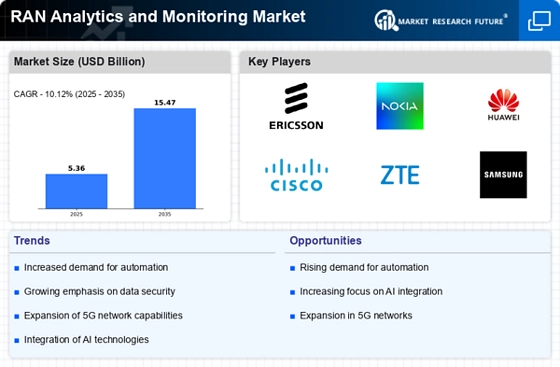
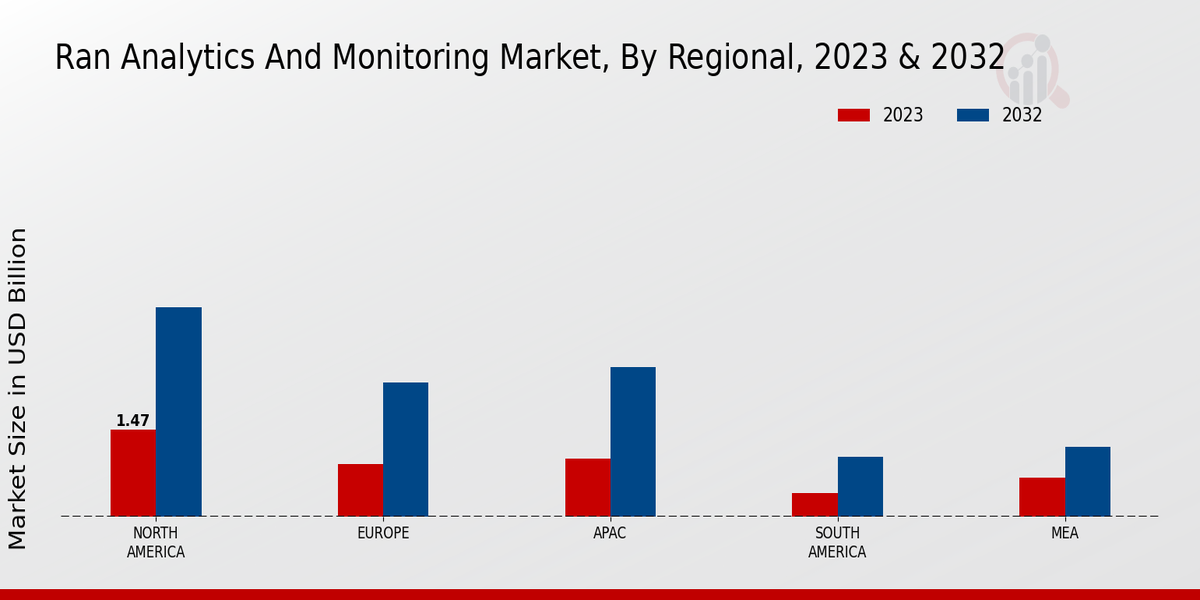
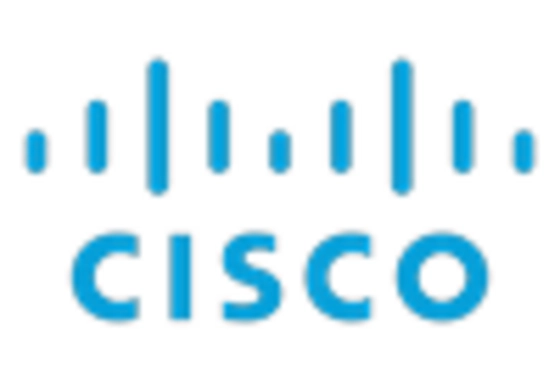

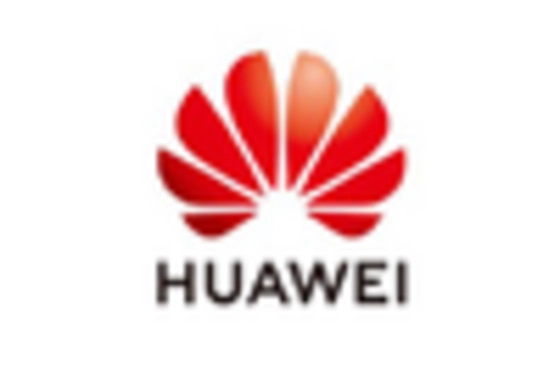

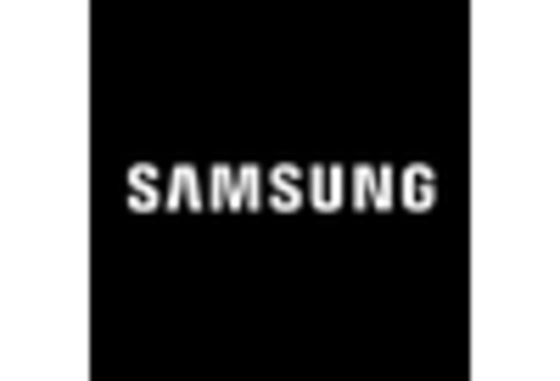









Leave a Comment